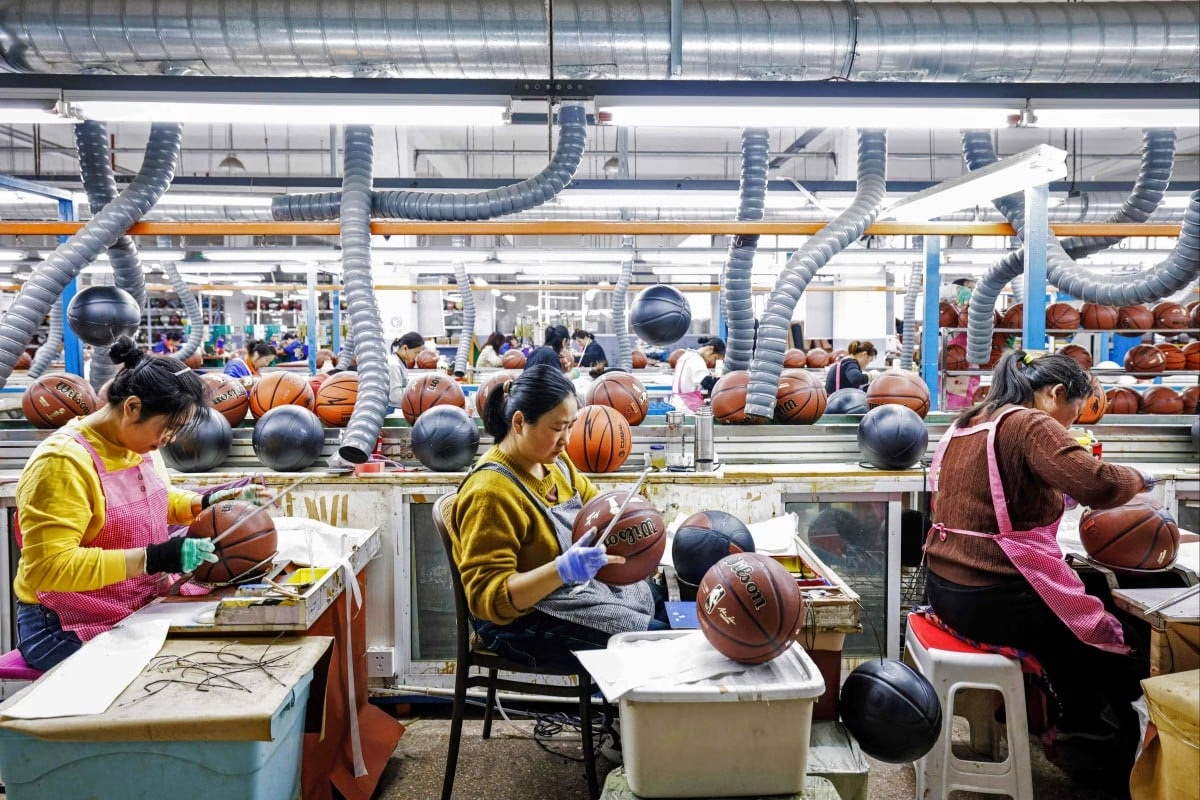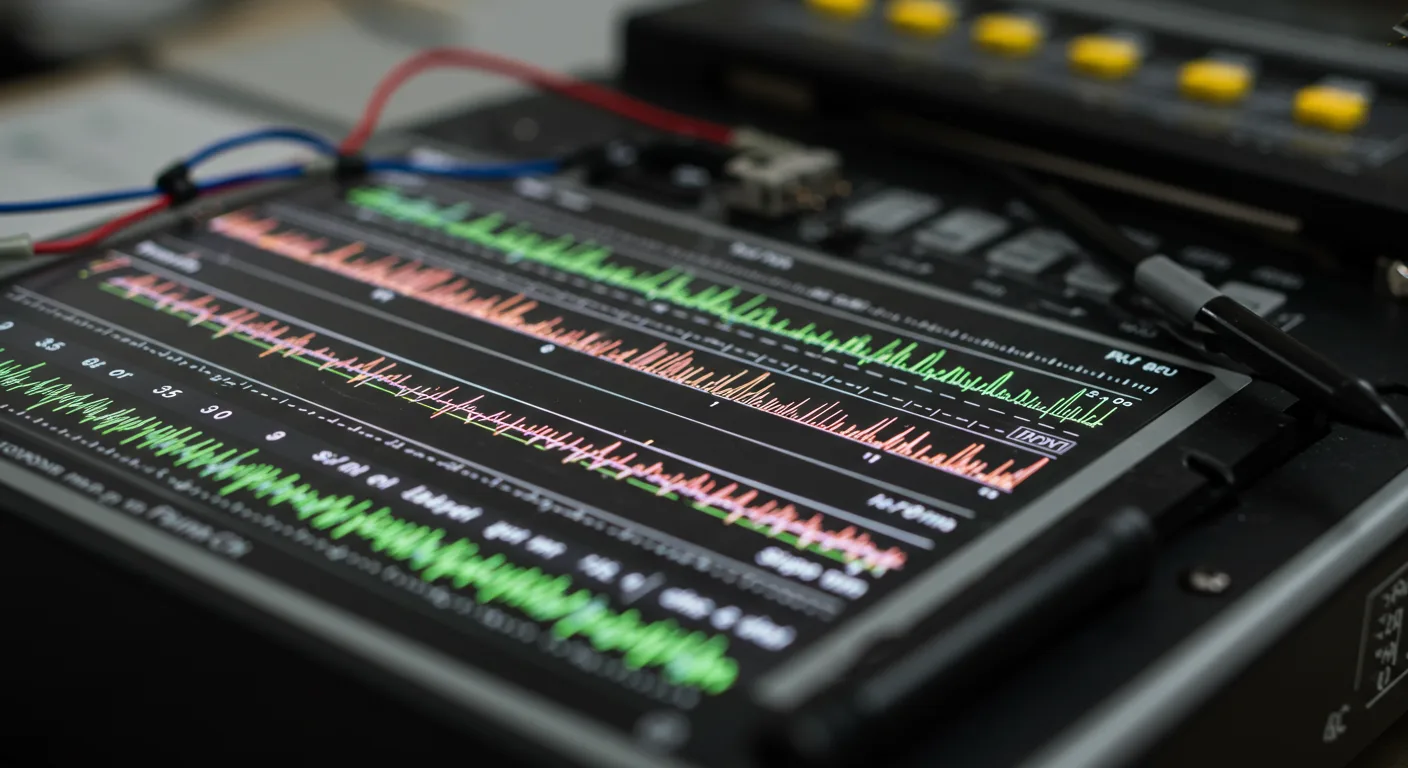China’s manufacturing Pmi hits 12-month high
China’s manufacturing activity has reached a 12-month high, with the official Purchasing Managers’ Index (PMI) rising to 50.5 in March 2025, up from 50.2 in February123. This increase marks the second consecutive month of expansion in factory activity and is the highest reading since March 202418. The growth is attributed to strong orders, with the new orders subindex increasing to 51.8 from 51.1 in February6. Despite the escalating trade tensions with the U.S., including higher tariffs, China’s exporters have not yet seen a significant impact on new orders2.
Key Points
- PMI Increase: The manufacturing PMI rose to 50.5, indicating expansion.
- New Orders: The new orders subindex increased to 51.8, reflecting strong demand.
- Trade Tensions: Despite U.S. tariffs, exporters have not yet seen a significant impact on orders.
- Economic Measures: Beijing’s stimulus measures are supporting economic recovery6.
The non-manufacturing PMI, which includes services and construction, also accelerated to 50.8 from 50.4, further indicating economic stabilization13. However, employment in the manufacturing sector declined slightly, and input costs and selling prices dropped6. Overall, China’s manufacturing sector is showing resilience amidst global trade uncertainties.
What measures has Beijing taken to boost the economy
Beijing has implemented several measures to boost China’s economy, addressing both monetary and fiscal challenges. Here are some key initiatives:
Monetary Measures
- Lowering Borrowing Costs: The People’s Bank of China (PBOC) has reduced the reserve requirement ratio (RRR) by 0.5 percentage points to inject liquidity into the economy, potentially releasing about 1 trillion yuan (approximately $141.7 billion)146.
- Interest Rate Cuts: Rates for seven-day and medium lending facilities have been decreased to stimulate lending14.
- Mortgage Support: Interest rates on existing mortgages have been lowered to support the real estate sector46.
Fiscal and Consumption Measures
- Boosting Domestic Consumption: A “Special Action Plan to Enhance Consumption” aims to increase domestic demand by raising incomes and reducing financial burdens. This includes improving the minimum wage adjustment mechanisms and expanding property income channels237.
- Stabilizing Markets: Initiatives to stabilize the stock and real estate markets are underway, including creating more bond products for individual investors23.
- New Technologies and Tourism: The plan promotes emerging technologies like autonomous driving and supports inbound tourism by expanding visa-free arrangements3.
Structural Reforms
- Addressing Deflation: Efforts to tackle deflationary pressures include improving consumer confidence by enhancing product quality standards and addressing market issues like scams and price gouging5.
- Social Support: Measures to enhance elderly care and childcare support are part of broader consumption growth strategies3.
Read This Article: Elon musk faces nationwide protests


